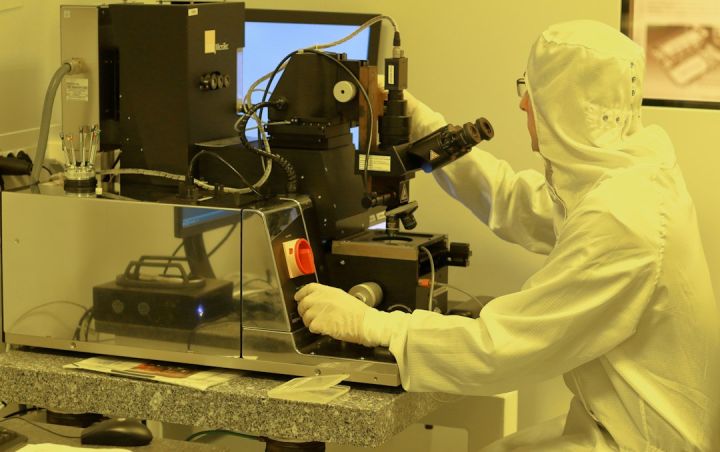Can Nanotechnology Revolutionize the Development of New Materials?
Nanotechnology, the science of manipulating matter on an atomic and molecular scale, has the potential to revolutionize the development of new materials. By harnessing the unique properties of nanoparticles, scientists can create materials with enhanced strength, conductivity, and other desirable characteristics. This article explores the ways in which nanotechnology is transforming the field of material science and the potential implications for various industries.
Enhancing Material Properties with Nanoparticles
One of the key advantages of nanotechnology in material science is the ability to enhance the properties of existing materials. By incorporating nanoparticles into a material matrix, researchers can improve its strength, durability, and conductivity. For example, carbon nanotubes, which are cylindrical carbon structures with extraordinary strength, can be added to composite materials to create lightweight and strong materials for aerospace applications.
Another area where nanotechnology is making significant strides is in the development of flexible and transparent electronics. By using nanoparticles as building blocks, scientists have created conductive inks that can be printed onto a variety of surfaces, including plastic and fabric. This opens up new possibilities for wearable technology, flexible displays, and smart textiles.
Designing New Materials from the Bottom Up
Nanotechnology also allows scientists to design materials from the bottom up, atom by atom. This approach, known as molecular self-assembly, involves arranging molecules or nanoparticles into precise patterns to create new materials with unique properties. For example, by carefully controlling the arrangement of nanoparticles, researchers have developed superhydrophobic coatings that repel water and self-cleaning surfaces that require minimal maintenance.
Furthermore, nanotechnology enables the creation of materials with tailored properties for specific applications. For instance, by controlling the size and shape of nanoparticles, scientists can manipulate the behavior of light and create materials with unique optical properties. This has led to the development of advanced optical devices, such as nanophotonic sensors and high-efficiency solar cells.
Implications for Various Industries
The potential applications of nanotechnology in material science are vast and span across various industries. In the healthcare sector, nanomaterials are being used to develop targeted drug delivery systems, improve medical imaging, and create bioactive coatings for implants. These advancements have the potential to revolutionize the treatment of diseases and improve patient outcomes.
In the energy sector, nanotechnology holds promise for the development of more efficient and sustainable energy sources. For example, nanomaterials are being used to improve the performance of lithium-ion batteries, increase the efficiency of solar panels, and develop advanced fuel cells. These advancements could help reduce our dependence on fossil fuels and mitigate the impacts of climate change.
Another industry that stands to benefit from nanotechnology is the automotive sector. By incorporating nanomaterials into vehicle components, manufacturers can create lighter and stronger materials, resulting in improved fuel efficiency and safety. Furthermore, nanotechnology can be used to develop self-healing materials, which could significantly reduce maintenance costs and extend the lifespan of automotive components.
Conclusion
Nanotechnology has the potential to revolutionize the development of new materials by enhancing their properties and enabling the design of materials from the bottom up. With its wide range of applications, from healthcare to energy and automotive industries, nanotechnology is poised to transform various sectors. As research and development in nanotechnology continue to progress, we can expect to see further advancements and innovations that will shape the future of material science.






